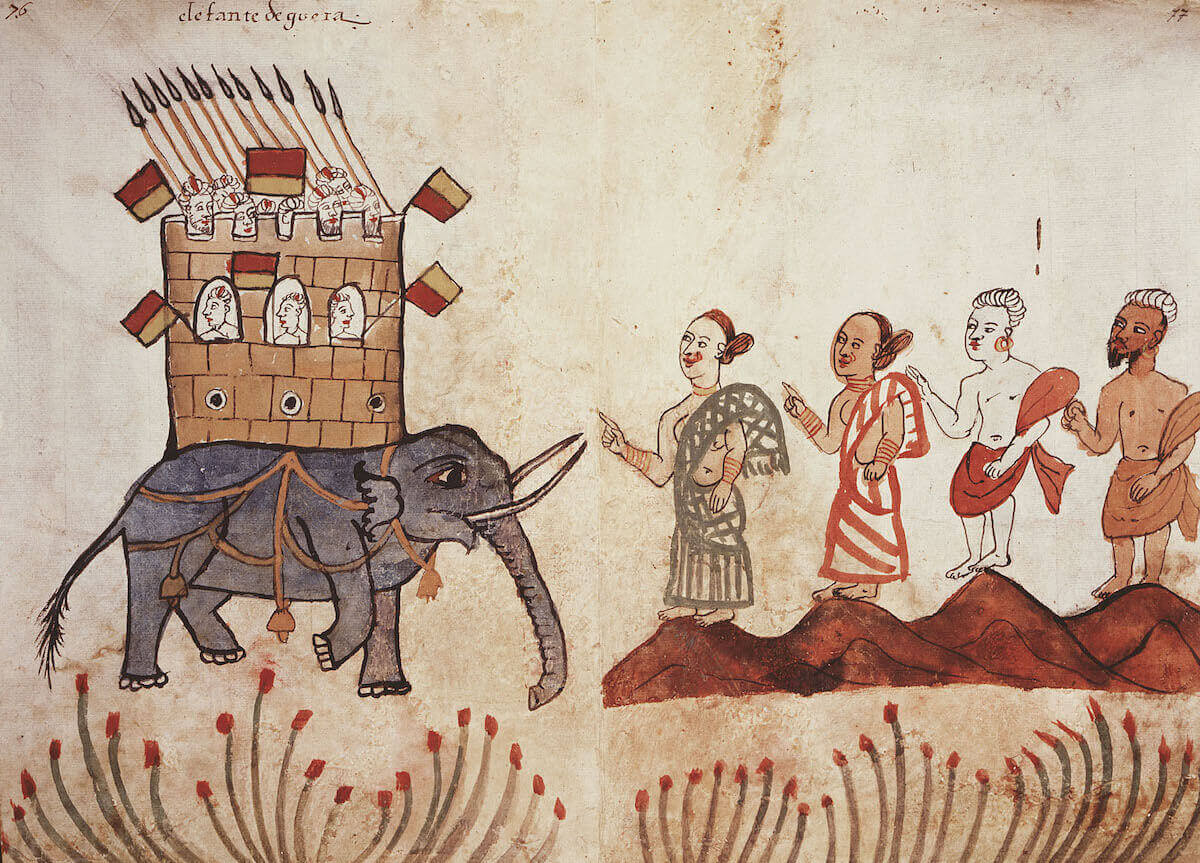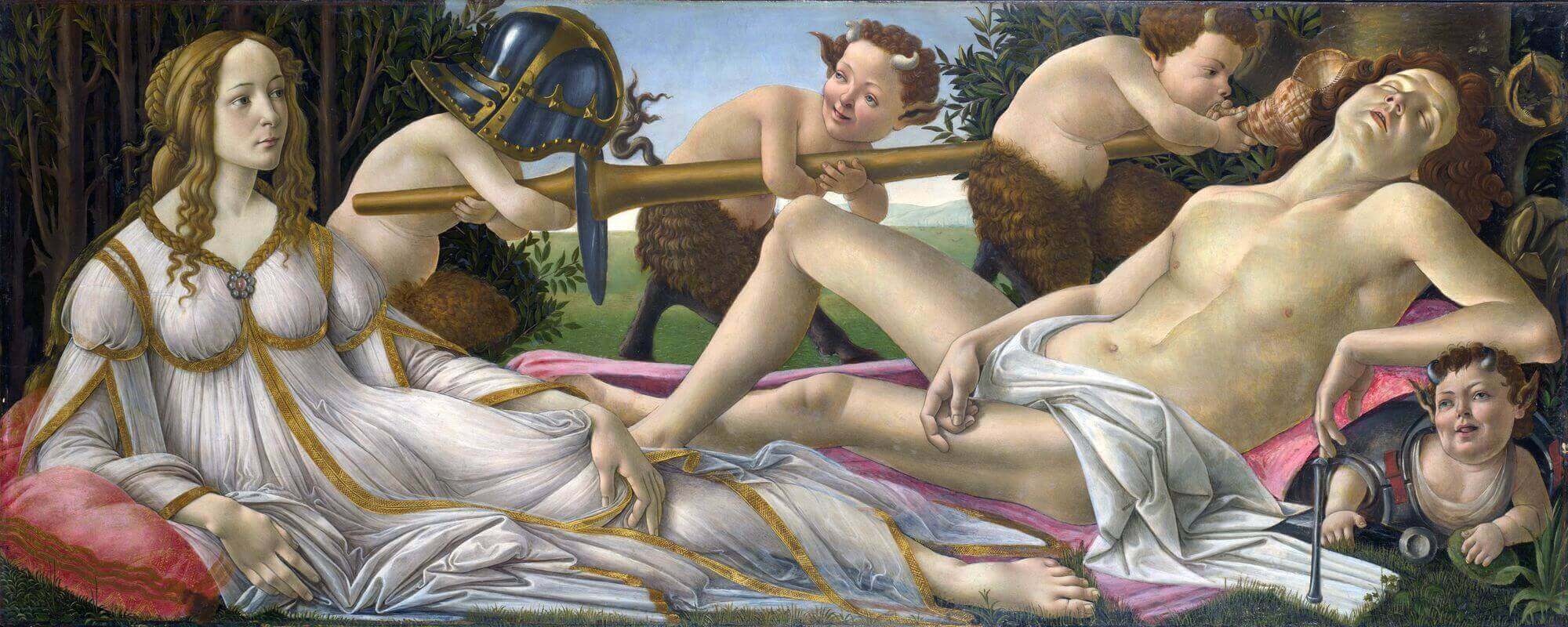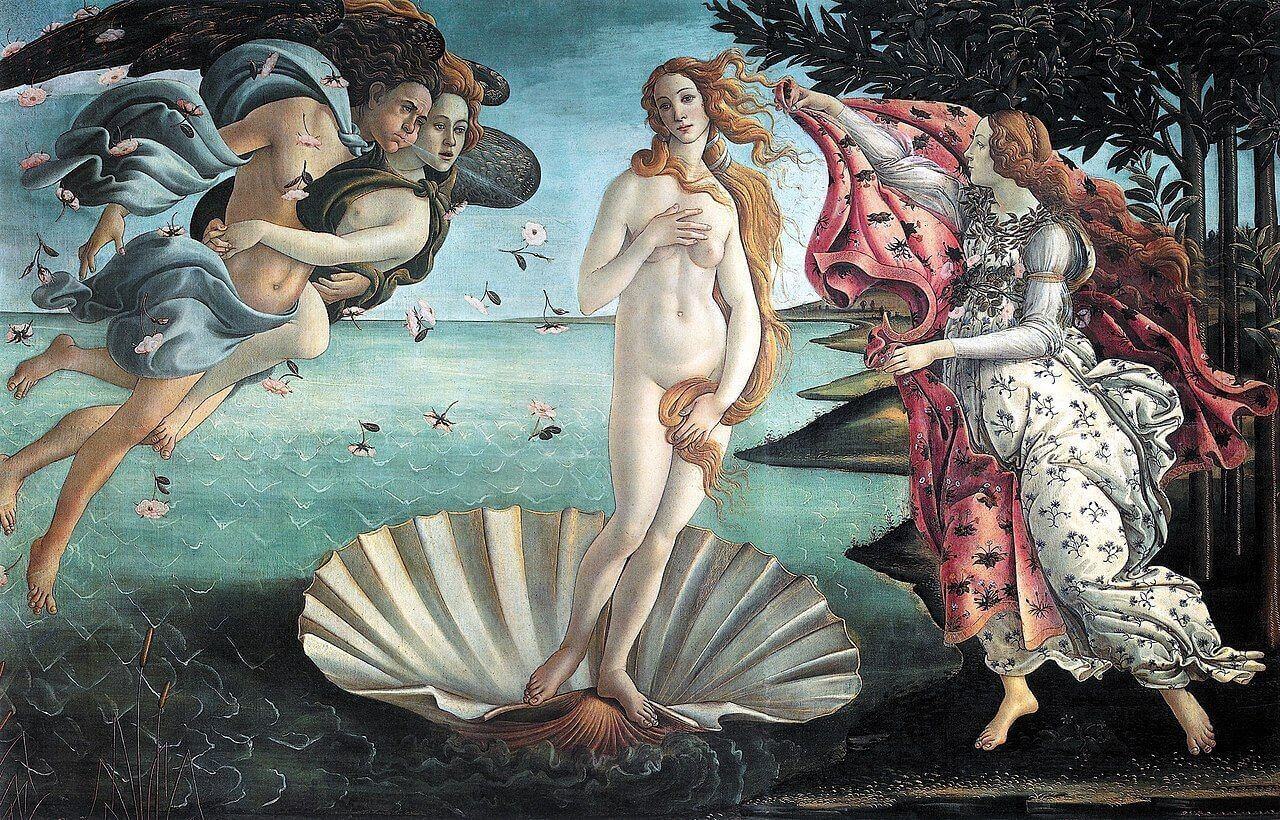Life
All contemporary traditions of Buddhism trace their origins to a wandering sage-philosopher from India, sometimes called Siddhārtha Gautama, or simply known as “the Buddha.” The Buddha’s dates are not well-established: estimates range from between the sixth century BCE to the latter half of the 5th century BCE or even the early part of the 4th century BCE. And despite the vastness of the Buddhist textual tradition, the details of the Buddha’s life are still controversial.
By the fifth century BCE, and possibly much before, there was a flourishing tradition in India of so-called “renouncers” or śramaṇas. These renouncers were a motley collection of wandering philosophers, religious practitioners and truth-seekers (we’ve already seen how similar figures existed in Greece). In Indian society, religious authority lay with the Brahmin priestly class. But these wanderers rejected Brahminical authority in pursuit of a range of different religious and philosophical visions.
Later accounts depict the Buddha as a member of this rag-tag society of wandering philosophers, wandering through Northern India meditating, teaching, debating, and gathering around himself an increasingly large number of disciples.
The Disappearing Buddha
Despite the copiousness of the later Buddhist textual tradition, there are no written accounts of the Buddha until around the 3rd century BCE. This distance in time from the purported dates of the Buddha’s life has caused some recent researchers to call into question the Buddha’s historicity. The historian David Drewes has recently gone so far as to argue (not uncontroversially) that there’s no compelling evidence for the existence of the Buddha, and that even if the Buddha did exist, we don’t really know who he was. For Drewes, the Buddha has the same status as mythical figures such as, “Agamemnon, Homer, or King Arthur; Vyāsa, Vālmīki, Kṛṣṇa, or Rāma.” This mythical status testifies to the cultural significance of these figures within a body of stories; but, Drewes argues, it “does not make it possible to identify [these stories] as historical.”
But, putting questions about the exact nature of the historicity of the Buddha to one side, there are two legacies of the Buddhist tradition that continue to exert their pull over people down to the present. The first is the legendary life of the Buddha (after all, even mythical beings have a real effect in the world). And the second is the body of distinctive Buddhist teachings that started to be recorded around the 3rd century BCE.
The Great Renunciant?
The legendary tale of Gautama Buddha is as compelling as it is implausible. In this story, Gautama was a prince sequestered in a palace, entirely shielded from the miseries and sufferings of the world. But one day, he went out and encountered in turn an old person, a sick person, a corpse, and a wandering renunciant, or śramaṇa.
These things came to him as an existential shock. He had never known about sickness, death and old age until this day. And now he realised that however luxurious his life in the palace, it offered him no refuge from suffering. But he saw in the peaceful demeanour of the śramaṇa the clue to a different way of living. So he sneaked out of the palace at night (in many accounts, his departure assisted by a flock of friendly gods), chopped off his hair, put on the robes of a śramaṇa, and committed himself to overcoming the world’s many disappointments.
Eventually, it is said, he broke through to attain a state of awakening, or enlightenment. And then, for the rest of his life, he taught his followers how to emulate this same experience.
Philosophy
Dukkha and rebirth
In Buddhism, these disappointments are referred to by the term dukkha. This is sometimes translated as “suffering”, but it has a much wider range of reference. Dukkha is the way that our experience always harbours some element of dissatisfaction. Dukkha may refer to the terrible pain of a toothache; but equally it may refer to that shadow that seems to accompany even many of our most cherished experiences. So when we win the Nobel Prize, although the Norwegians are friendly and our career is at its peak, it feels a bit hollow. Or when we smile at the crowd on our wedding day, and say “It’s the happiest day of my life,” there’s still a thread of melancholy we can’t shake. This isn’t a claim that the world is inherently miserable. It is a more subtle claim: the claim that all of our experience is marked by a kind of lack or disappointment.
In the Indian tradition, these disappointments were compounded by the fact that it was assumed they would effectively go on forever. As with many early Indian traditions, the idea of rebirth lies at the heart of Buddhist philosophy. And although this idea might seem comforting to many contemporary readers, for the early Buddhists, it was nothing less than horror. It meant that the sufferings of existence were an unending, constant cycle. And the most crucial question was how this horror show could be brought to an end, and how we could step off this perpetual wheel.
In the traditional story, after departing the palace, the future Buddha trained in meditation and practised self-starvation. But he eventually realised that this was fruitless as a path to liberation. So he turned his back on austerity and regained his strength by eating a meal. Then he sat down under a fig tree somewhere on the plains of Northern India, and he resolved not to move until he had solved the problem of rebirth. And eventually, he had an insight so profound that it broke the chains that bound him to the sufferings of the world. After this shattering insight, he dedicated his life to teaching others the path to the freedom from dukkha.
While as a historical figure, the Buddha seems frustratingly slippery, the early Buddhist texts nevertheless set out a distinctive philosophical vision. Ideas about dukkha and rebirth lie at the heart of this vision. But early Buddhists also developed profound insights into the nature of human experience. And they did this through the practice of meditation.
Meditation as transformation and meditation as analysis
The early Buddhist texts in the Pāli language repeatedly pick away at the problem of dukkha. What is this niggling disappointment that seems written into the heart of experience? What is its source? What is its ending? And how can we bring about its ending?
But these are not theoretical questions so much as questions to be explored directly through the practice of meditation. A good example of how this worked is in the Mahāsaccaka Sutta, where the Buddha talks about his practice of meditation.
“When my concentrated mind was thus purified, bright, unblemished, rid of imperfection, malleable, wieldy, steady, and attained to imperturbability, I directed it to knowledge of the destruction of the taints. I directly knew as it actually is: ‘This is suffering’;…‘This is the origin of suffering’;…‘This is the cessation of suffering’;…‘This is the way leading to the cessation of suffering’;…‘These are the taints’;…‘This is the origin of the taints’;…‘This is the cessation of the taints’;…‘This is the way leading to the cessation of the taints.’
Meditative practices go far back into Indian history, and precede the coming of Buddhism. By the time of early Buddhism, it was well-established that many of these meditative practices could lead to altered states of consciousness, called jhānas—states that potentially were (and still are) profoundly transformative. These states are described in detail in the early Buddhist texts, a series of successively more subtle stages that lead up to the state of Nirodha-samāpatti, or the “cessation of perception and feeling.”
Contemporary meditators also attest to such states where sense experience fades away, but awareness nevertheless persists. And with the fading of sense experience, they attest to how the dissatisfaction that is a part of sense experience also fades.
From cosmic speculation to experience
But there is another aspect to meditation as well. Because the early Buddhists dedicated themselves not only to the cultivation of certain kinds of experience (or non-experience), but also to the interrogation of the nature of experience itself. This is the great innovation of early Buddhist thought: it uses meditative practices as a way of turning our attention to the question of what experience is, and how it is constituted.
This marks a significant change in the philosophical traditions of India. Earlier Indian philosophers had speculated about how reality was constituted. In the Bṛhadāraṅyaka Upaniṣad, Gārgī Vācaknavī asks the intriguing question, “on what is the world (loka) woven back and forth?” And before this, in the Rig Veda, we meet the following riot of questions:
Who really knows? Who will here proclaim it? Whence was it [the world] produced? Whence is this creation? The gods came afterwards, with the creation of this universe. Who then knows whence it has arisen?Whence this creation has arisen – perhaps it formed itself, or perhaps it did not – the one who looks down on it, in the highest heaven, only he knows – or perhaps he does not know.
The scholar Sue Hamilton refers to these kinds of questions as “cosmic speculation.” And the early Buddhist texts are not entirely without cosmic speculation. But the tenor of the texts as a whole is strikingly different from this.
Like the Upaniṣads, the Buddhist texts talk about the loka or the world. But in the Buddhist texts, loka does not refer to the external world, and the Buddhists are not talking about ontology. Instead, as Hamilton argues, they are talking about the world of experience, about how we understand and perceive the world. The “world” that the early Buddhists cared about was the world of subjective experience. It was in this world that dukkha or disappointment could be found, and in this world that its cessation could be found also.
Through the practice of meditation, in other words, the early Buddhists argued it was possible to attain to an insight into the dynamics of experience. And when we do this, we are no longer entrapped by the disappointment that is threaded through our experience of the world, and we can liberate ourselves.
Further Reading
Books and articles
Sue Hamilton, Identity and Experience: the Constitution of the Human Being According to Early Buddhism (Luzac Oriental 1996).
The Mahāsaccaka Sutta can be found in The Middle Length Discourses of the Buddha: a new translation of the Majjhima Nikāya, translated by Bhikkhu Ñāṇamoli (Wisdom Publications 1995).
The Rig Veda is translated by Wendy Doniger O’Flaherty (Penguin 1981).
Online Resources
David Drewes’s article ’The Idea of the Historical Buddha’ is published in the Journal of the International Association of Buddhist Studies vol_._ 40 (2017), pp. 1-25. You can find the article here (open access). You can read the response from Bryan Levman in the Canadian Journal of Buddhist Studies, no. 14 (2019). See the link here.
My friend Jayarava has a fabulous blog at https://jayarava.blogspot.com. I took the translation of dukkha as “disappointment” from him.



